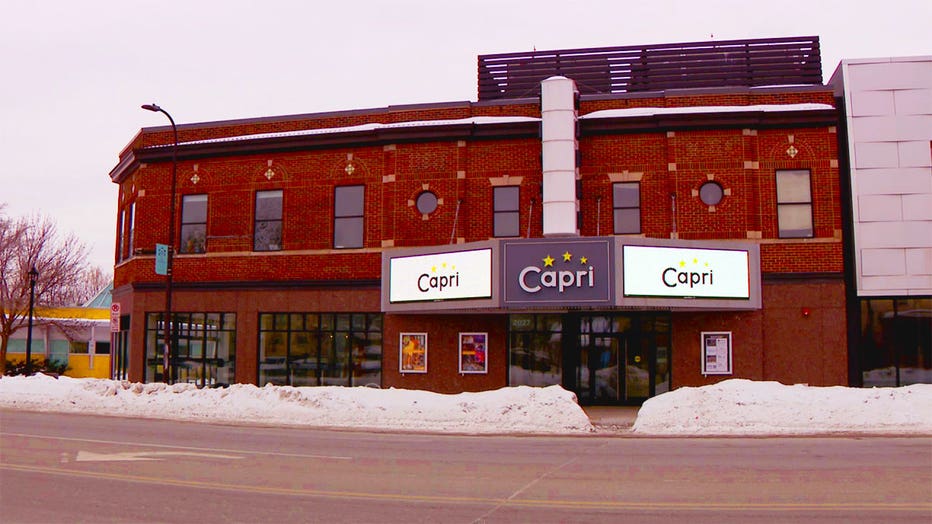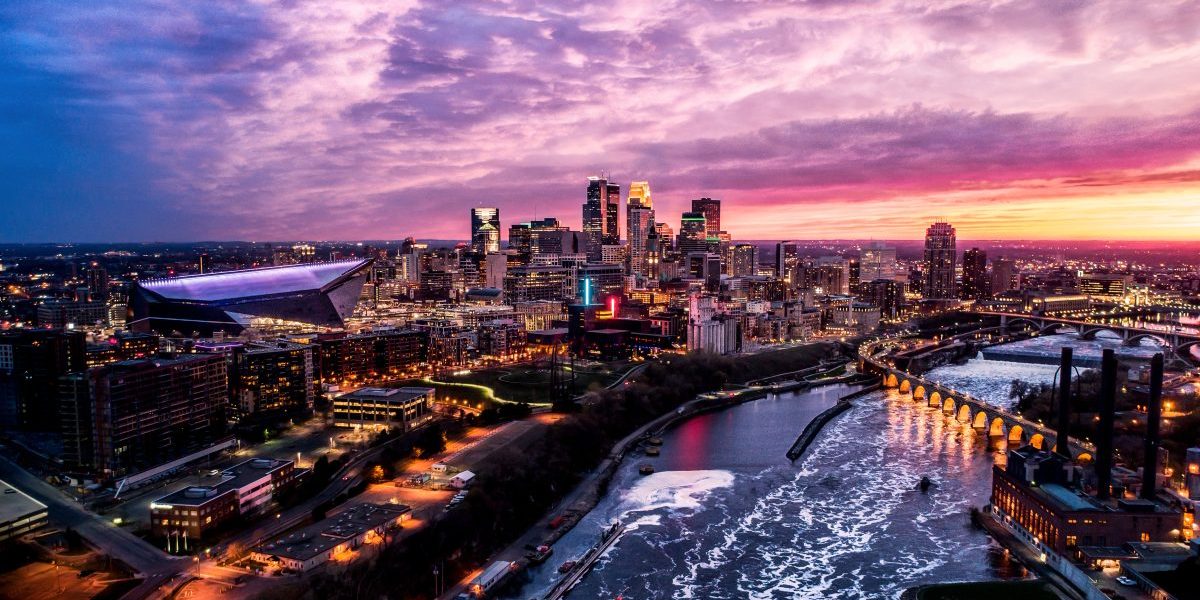At Betty Danger’s Country Club, the scene is typical: two occupants of a car gently ascending toward the skies.
You both wait patiently, enjoying the periodic shift in viewpoint. Finally, you will have your triumphant moment. The world is still up here. You can see the city skyline in this position at eye level. You can eat tacos up here. This is how it is at Betty Danger’s, a bar and restaurant in Minneapolis, Minnesota, which bills itself as a country club for the 99%. Their objective? was to defend the artistic class. And sip margaritas as they work.
Minneapolis has a quiet creative vibe that permeates its restaurants, breweries, music venues, galleries, lakes, and nature trails. “This energy is so unexpected for a smaller city like Minneapolis, but it’s very, very much alive and well here,” soul-pop musician Lady Lark, a native of the Twin Cities, tells us.
Minnesota Sound
Celtic, Scandinavian, and German sounds merged when 19th-century European settlers poured in, laying the groundwork for early versions of folk, gospel, and jazz. Prince, Bob Dylan, and the only full-time chamber orchestra in the nation all reside in Minneapolis. While Prince helped usher in a new musical period in the late 1970s, Bob Dylan gained recognition for his own style of simple folk tunes. His aesthetic developed into the Minneapolis sound that is today recognized. Like its namesake city (and creator), it is quirky, distinctive, and a touch elusive. It has “that pop beat of the 80s and 90s: synth-heavy, with a hint of funk and soul,” according to Lady Lark. It makes sensual noises.
Capri Theatre in Minneapolis
Community theatres were revered as pillars of the community in Minneapolis, serving as inexpensive venues for social gatherings, marriages, live performances, and the exchange of artistic creations. The Capri was mostly used as a movie theatre in 1979, but as we’ve seen in Minneapolis, even the most modest locations can spark incredible creativity. The screen would retract in the intervals between weekday showings and Sunday matinees, converting the room into a venue for live cookery demonstrations, Battle of the Bands, and community forums.
Additionally, Capri organized a community event honoring the theatre’s owner this year. Audience members paid $4.25 to unintentionally see musical history. This is where Prince used to play, before he become the all-powerful Prince, according to Lady Lark. He was playing his guitar shredding on this stage. Probably doing the splits while bending over to his knees. Nearly as if I could see him now.
The Capri is currently North Minneapolis’ last remaining community theatre. By extending its music, art, and theatre programs, they seek to revitalize the community theatre tradition. The Capri protects its place in the history of Minneapolis music while encouraging its future of it by expanding chances for upcoming generations of artists.

